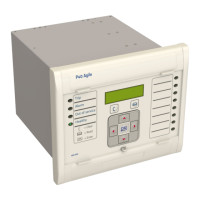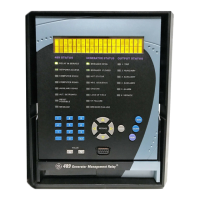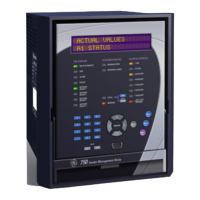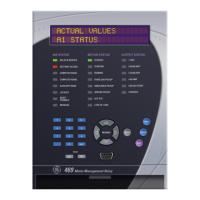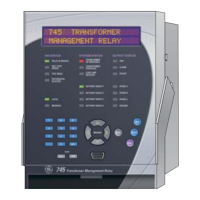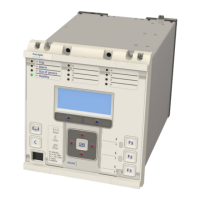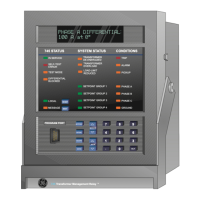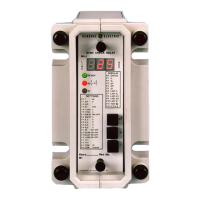
Do you have a question about the GE MLJ1000 and is the answer not in the manual?
Details the MLJ's measurement accuracy and resistance to harmonics for precise synchronism checking.
Explains the MLJ's synchronism check applications and the formula relating frequency slip, angle, and time.
Unit for selecting frequency, unit number, and communication speed.
Analyzes voltage magnitudes between line and bus to determine synchronism conditions for circuit breaker closure.
Monitors undervoltage and overvoltage for dead/live line/bus scenarios, enabling safe closure.
Describes digital inputs for circuit breaker status and mode control.
Monitors internal components like memory, settings, and circuits to verify integrity and detect failures.
Details how synchronism, undervoltage, and alarm signals activate outputs.
Provides internal voltages for relay operation from auxiliary voltage, isolating from perturbations.
Defines MLJ models by specifying communication options, auxiliary voltage, and case type.
Lists key specifications including frequency, voltage, power, temperature ranges, humidity, and contact ratings.
Details insulation testing procedures and voltage withstand requirements as per IEC 255-5 standards.
Encompasses various type tests like noise immunity, impulse, electrostatic discharge, and vibration compliance.
Describes the robust steel plate case, front cover seal, and method for withdrawing the relay from its housing.
Details the rear terminal blocks for external wiring, each containing 12 screw terminals.
Explains how to identify the complete relay model on the nameplate and the labeling of terminal blocks.
Lists front panel elements: three push buttons for control and three LEDs for status indication.
Procedure to access and display relay status, voltage values, frequency slip, and logged data.
Provides instructions for navigating and modifying the relay's operational settings using the keypad interface.
Information on the calibration sequence, noting that calibration is typically performed at the factory.
A summary table listing all MLJ relay settings, their ranges, steps, default values, and factory settings.
Introduction to acceptance testing, emphasizing verification of relay measurement accuracy and logic implementation.
Procedure for visually inspecting the relay, checking the nameplate, and for any signs of damage from transport.
Guidelines for performing insulation tests on the relay to ensure electrical isolation and safety.
Focuses on testing the synchronism unit's accuracy for voltage difference and phase angle measurements.
Details the testing procedure for the undervoltage unit, including voltage thresholds and LED indications.
Tests the relay's operation in both continuous and manual modes, verifying correct delay and function.
Notes on the necessity of calibration, recommending factory calibration and referencing the relevant sequence.
Explains the importance of proper grounding for personal safety, protection against overvoltage, and noise reduction.



